
Charity Hospital was once considered the safety net of New Orleans, Louisiana. It was a place where anyone could go and receive the best healthcare available. The hospital was established in 1736, by a French shipbuilder, whose dying wish was to fund a hospital for the poor. The first hospital building, a small cottage in the French Quarter, opened a year after New Orleans was founded. Charity Hospital quickly outgrew that facility and a handful of temporary hospitals sprung up around New Orleans. The administration was taken over by the Sisters of Charity, a group of Catholic nurses who would run the hospitals along with the Medical College of the University of Louisiana. By the 20th Century, New Orleans was rapidly growing, and indigent care again exceeded Charity’s capacity.
In 1939, the Governor commissioned a new Art Deco-style hospital tower on Tulane Avenue in the lower Mid-City neighborhood. Charity Hospital became the second-largest hospital in the country with 2,680 beds and encompassing a million square feet. It was known as a teaching hospital, a place where students from LSU and Tulane University could receive medical training. Designed by the same architects that built the Louisiana State Capitol, the building’s cornerstone lists the Public Works Administration as the building’s authority. Charity Hospital served over 100,000 indigent citizens each year before it closed and was the longest continually running hospital in the country until August 2005.
The levees broke on August 29, 2005, as Hurricane Katrina made landfall. Rising floodwaters caused Charity Hospital to lose power. The electrical and mechanical equipment that powered the building were underwater in the basement. The basement morgue flooded as well, sending bodies floating down the basement hallways. Doctors instructed the staff to pull the bodies out of the flooded basement and stack them in the stairwells. The floodwater trapped everyone inside for days with no power, no air conditioning, limited supplies, and food. Patients were hand-pumped oxygen by anyone willing to help, eventually being paddled down the flooded streets by staff to a nearby parking deck. After being carried up to seven flights of stairs, they were taken by helicopter to another nearby hospital for treatment. Several patients died in the parking deck, waiting to be rescued. Finally, a week after Hurricane Katrina devastated New Orleans; the last patient was evacuated.
After the severe flooding, questions loomed regarding Charity’s future. The hospital had never closed, and many thought it would instantly reopen. Three weeks after Hurricane Katrina, the Army Corps, along with FEMA volunteers, had Charity Hospital back operational and ready to open. FEMA had generators set to be delivered to restore power however LSU representatives along with then-Governor Kathleen Blanco blocked the delivery multiple times and ordered the power turned off at the grid. Governor Blanco stated Charity Hospital would never reopen as a functioning hospital again. Hospital police forced out volunteers and staff, locking the doors without warning.
Over the next ten years, a bitter battle ensued between FEMA and LSU representatives about the amount of damage inside Charity. The disaster damage had to exceed half the cost of rebuilding to qualify for FEMA compensation. LSU wanted out of the impoverished healthcare business, hoping the closure of Charity would allow them to move on. LSU had been working to move towards a more privatized health care operation and wanted a new, state of the art facility outside of the downtown area. The closing of Charity allowed LSU to seek the government funds needed to help build a billion-dollar medical complex outside of the downtown area.
University Medical Center, completed in 2015, cost a total of $1.2 billion. A replacement for Charity that seemed almost too little, too late. The state-of-the-art facility features far fewer psychiatric beds and does not have any birthing units. The 70-acre site in lower Mid-City is split off from downtown by the interstate, making it difficult to reach by the impoverished population. Many of the historic homes that outlasted Hurricane Katrina were destroyed or moved to less desirable areas to make way for University Medical Center. The City of New Orleans used the power of eminent domain to take over the land for the new hospital while continuing to pay over $3 million a year to secure the 70-year-old Charity Hospital as it sits dormant. Over the years, ideas for reuse such as a City Hall or medical student apartments were suggested but quickly put to rest. Charity Hospital remains abandoned and locked down under constant police patrol.




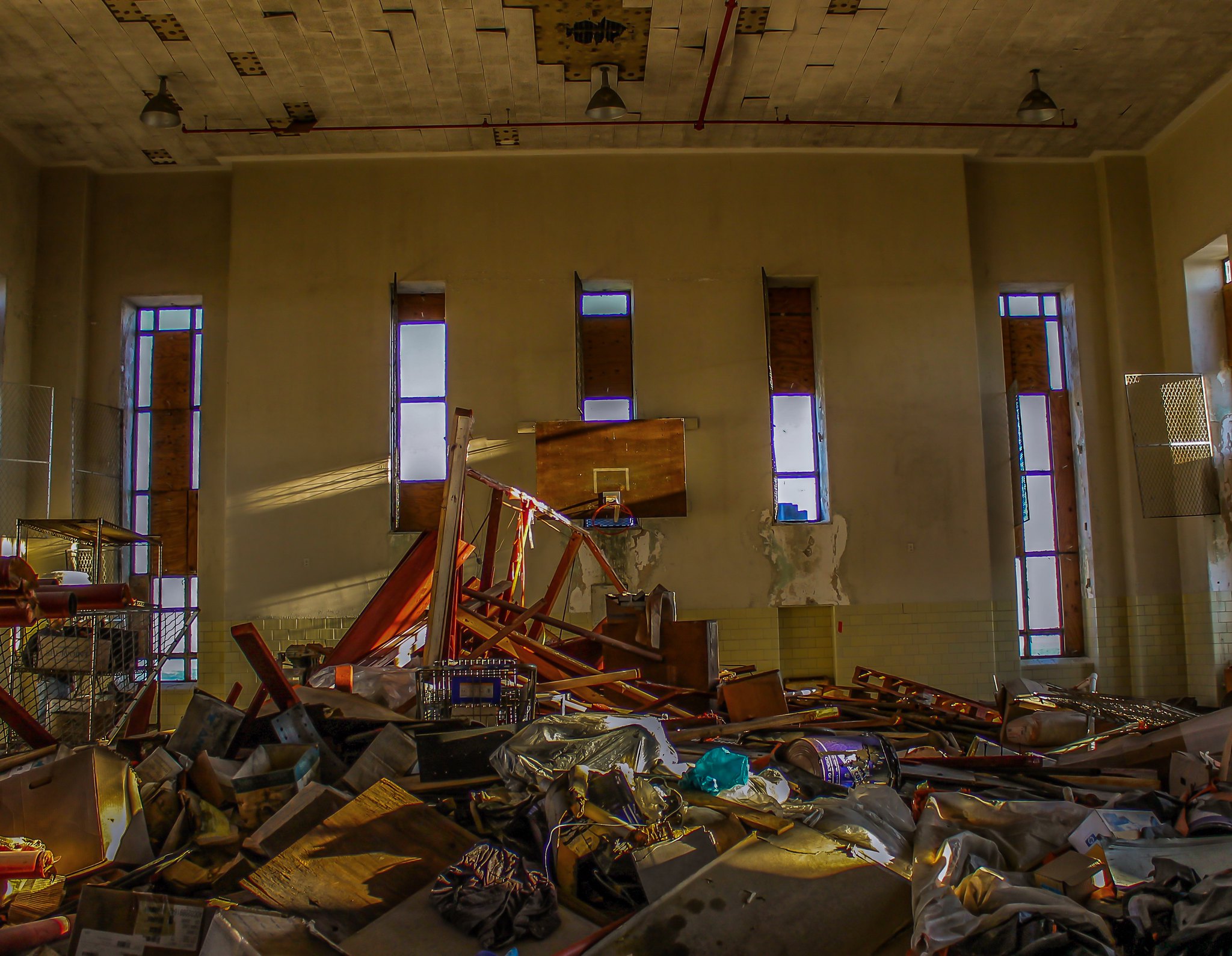
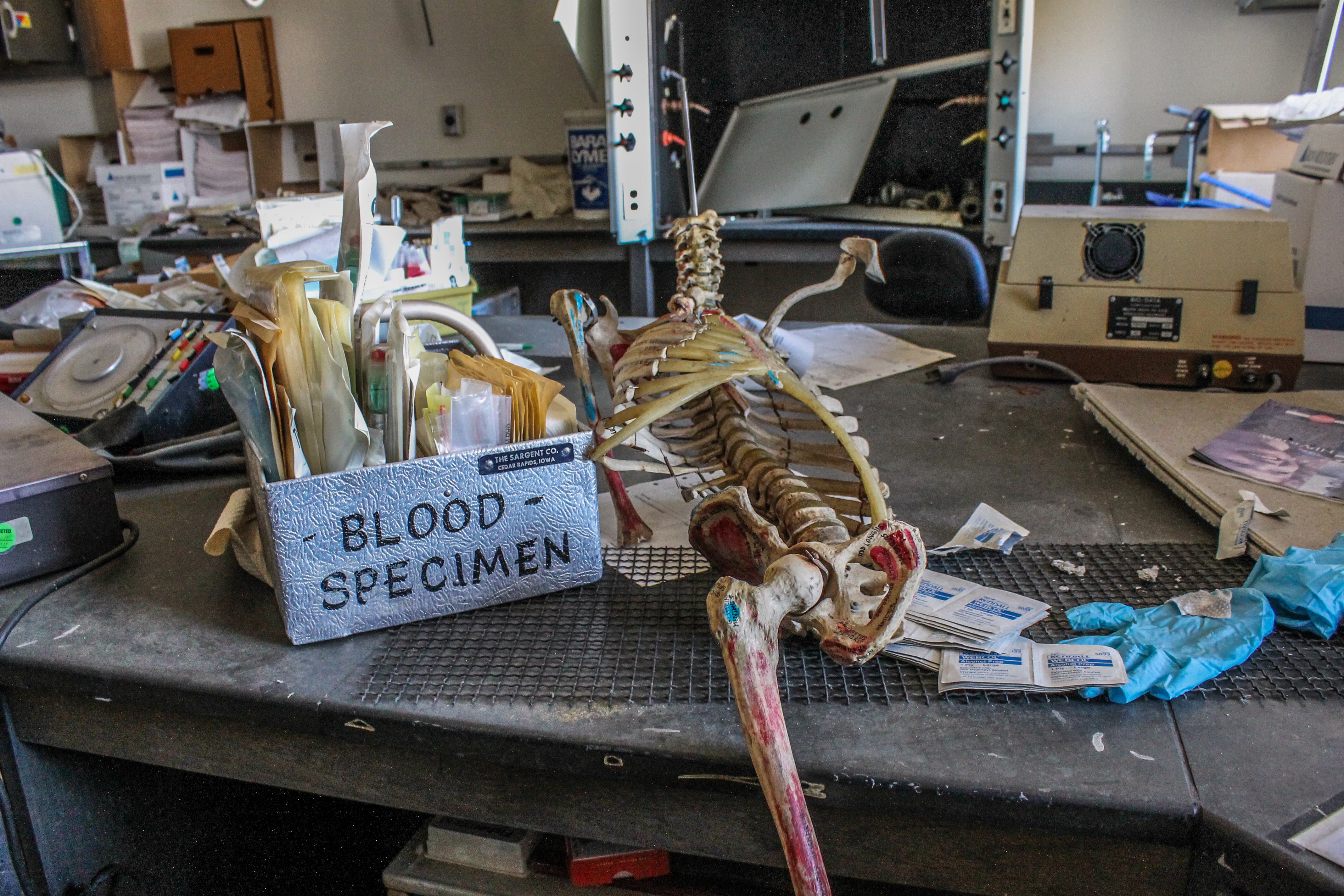

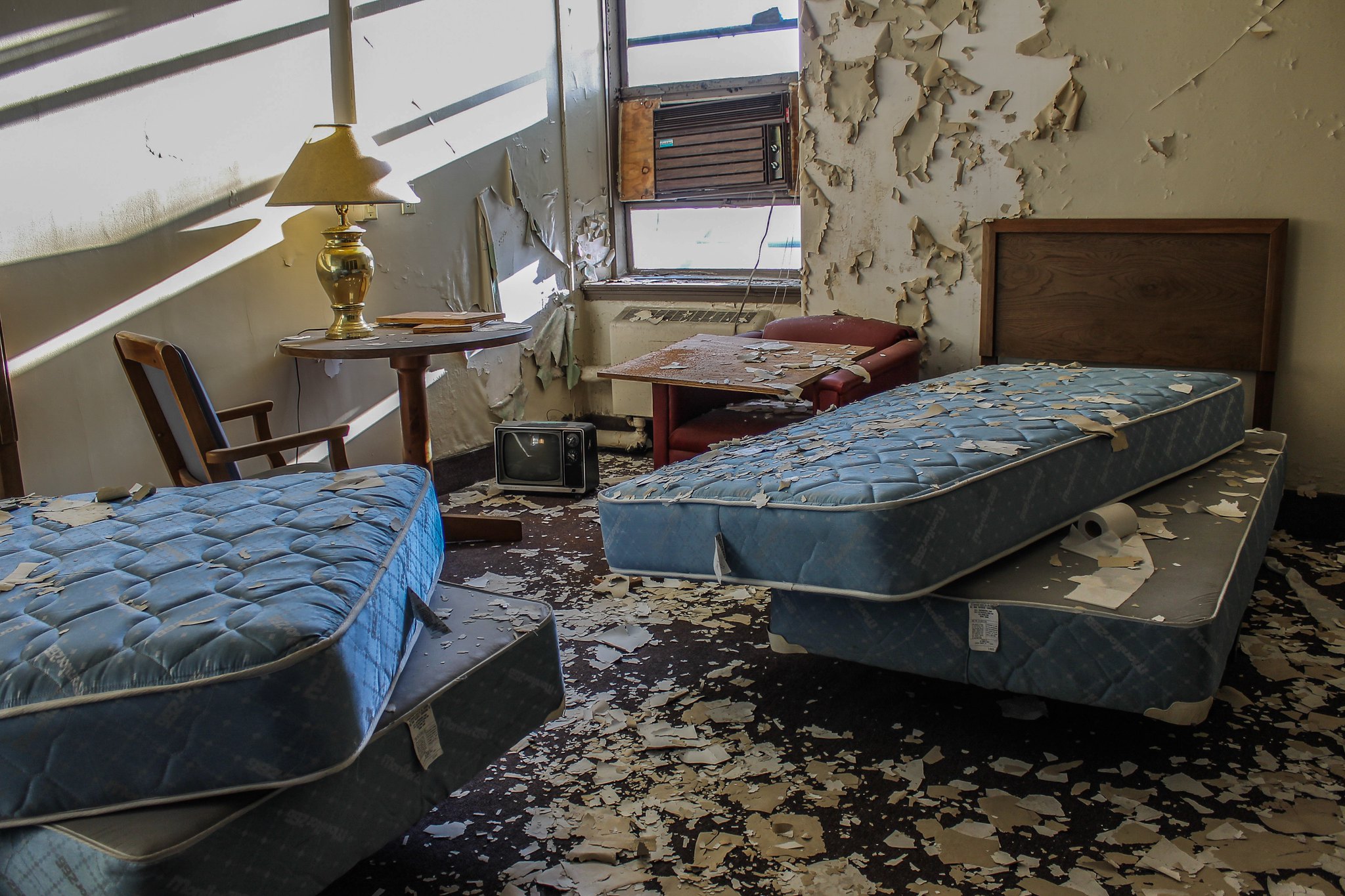
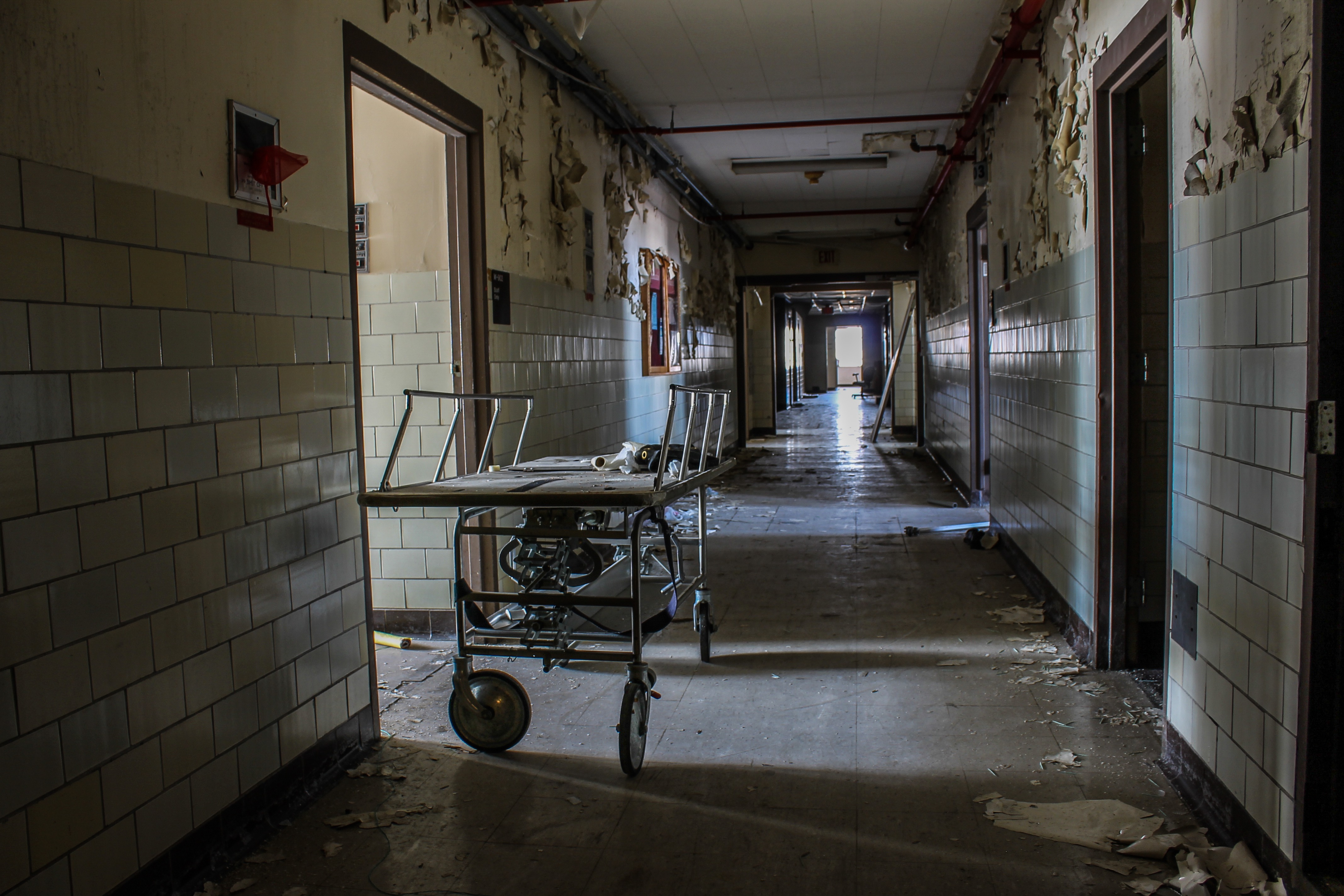

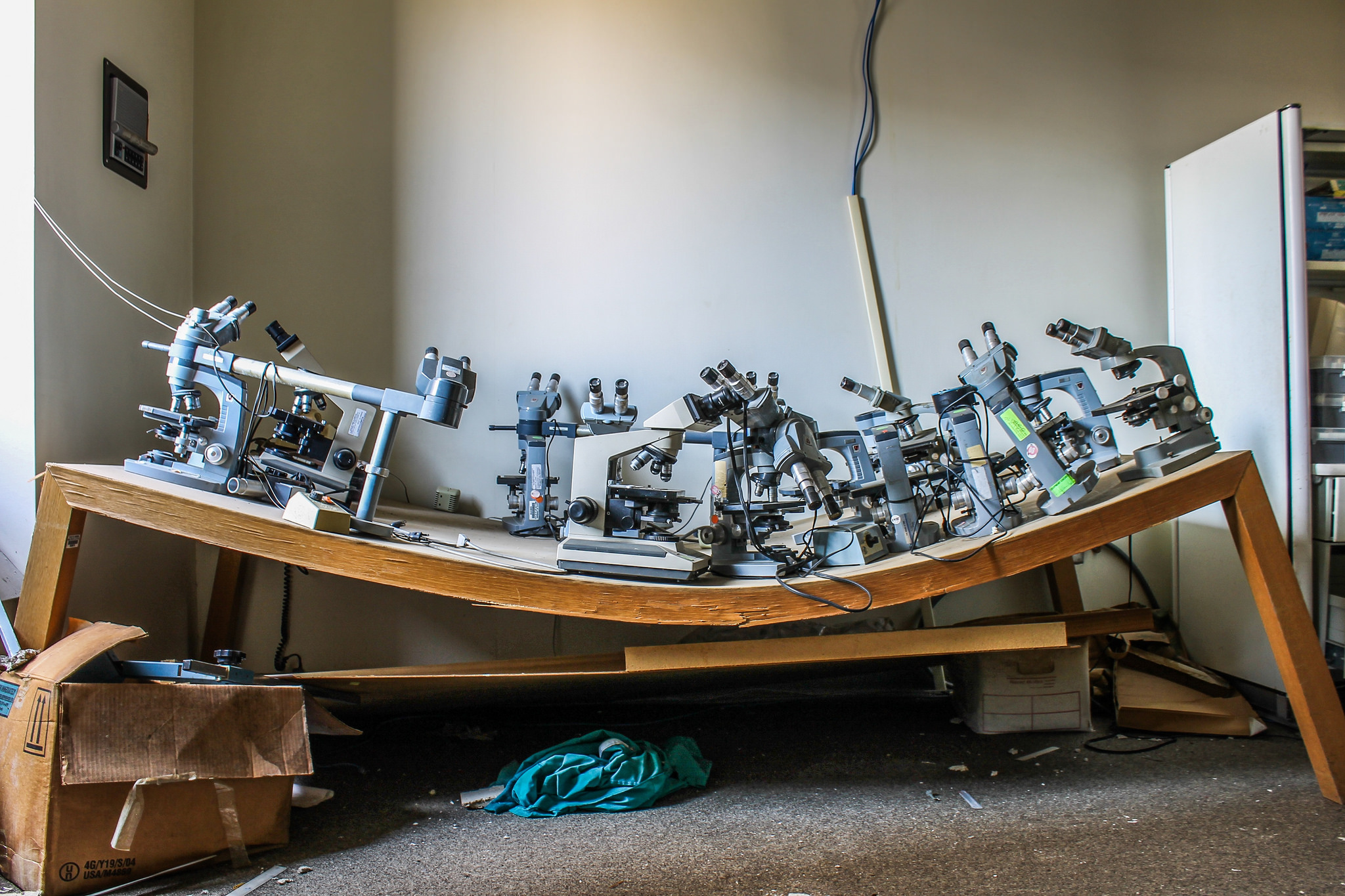
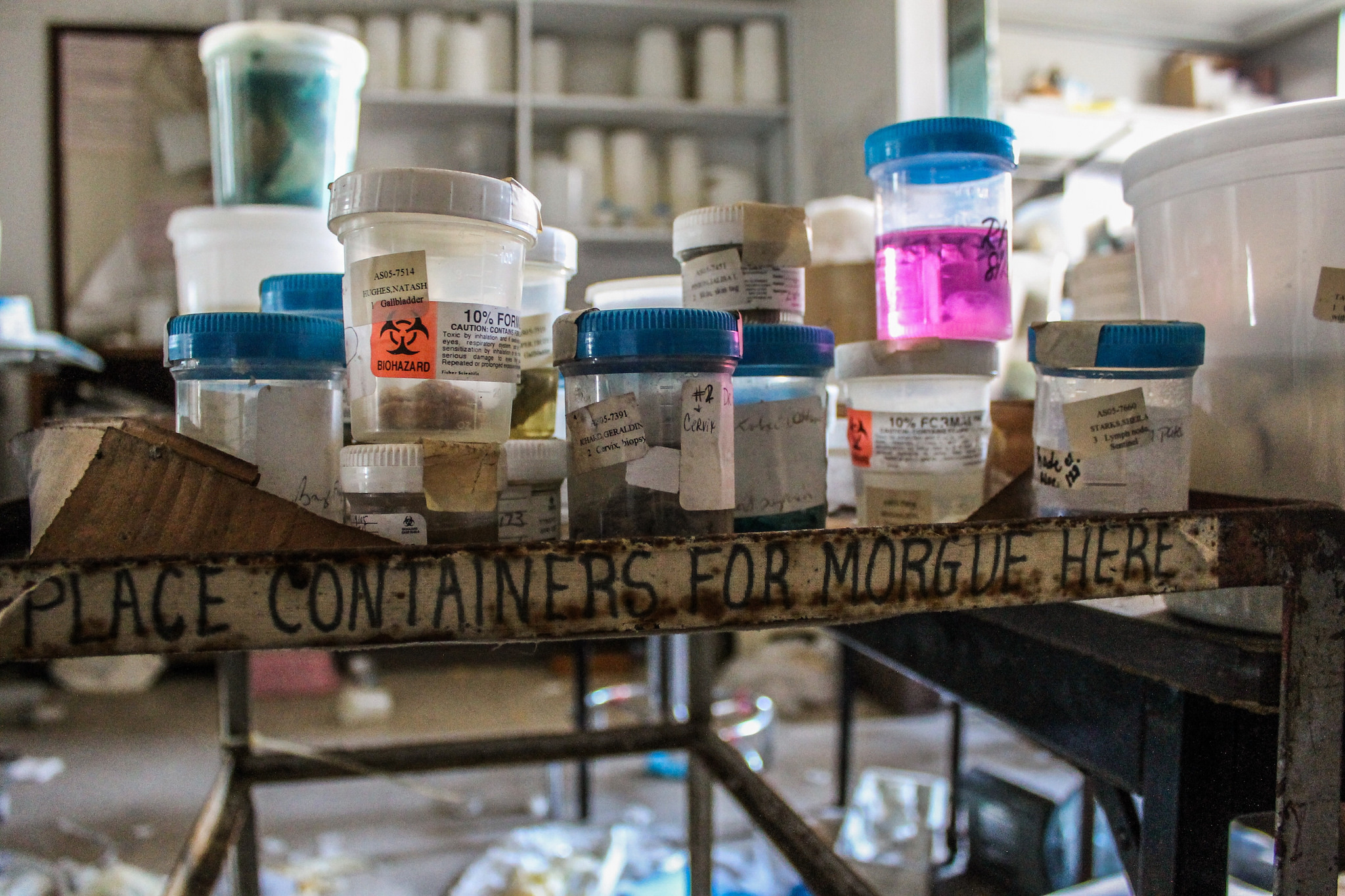

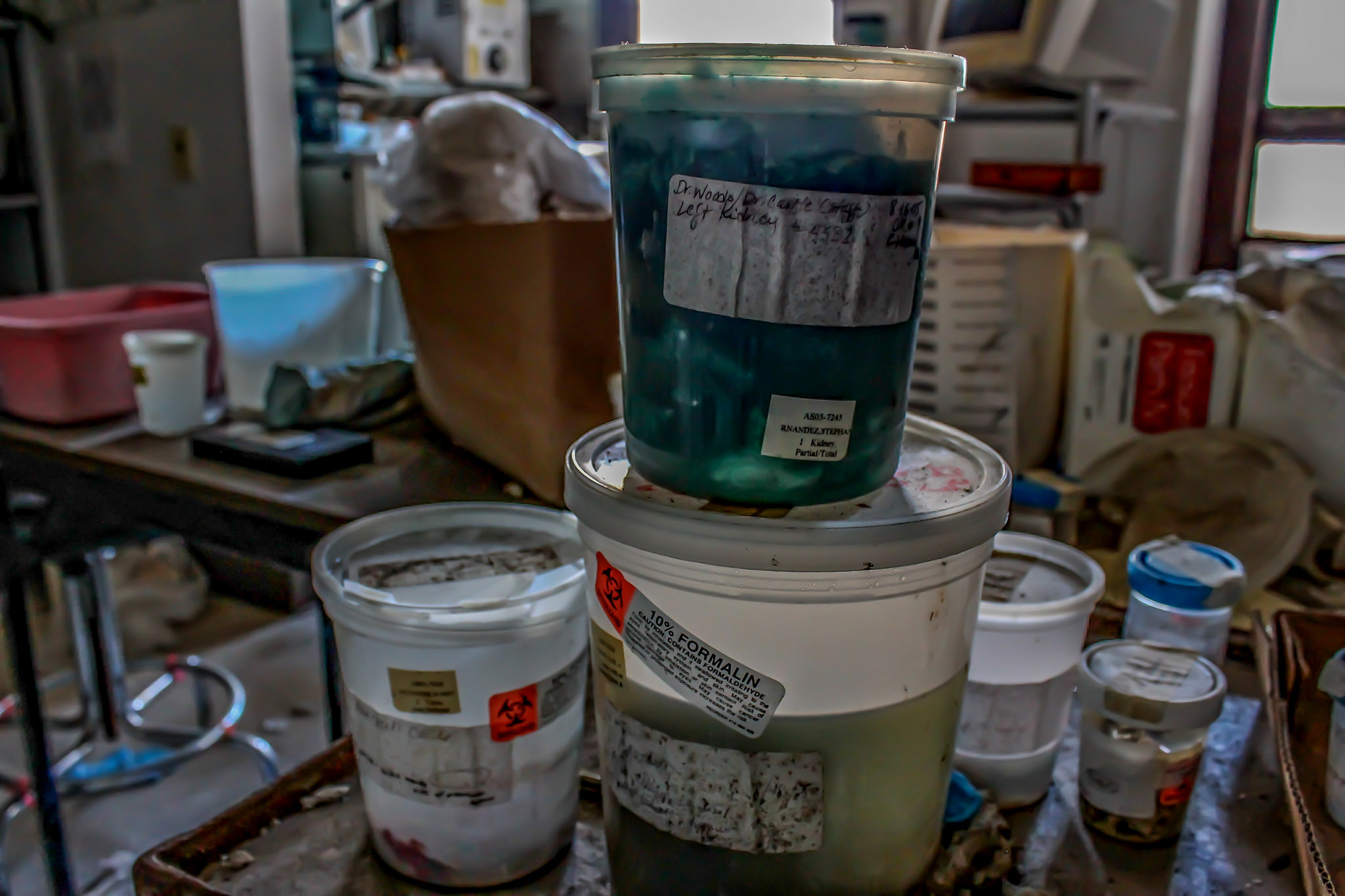

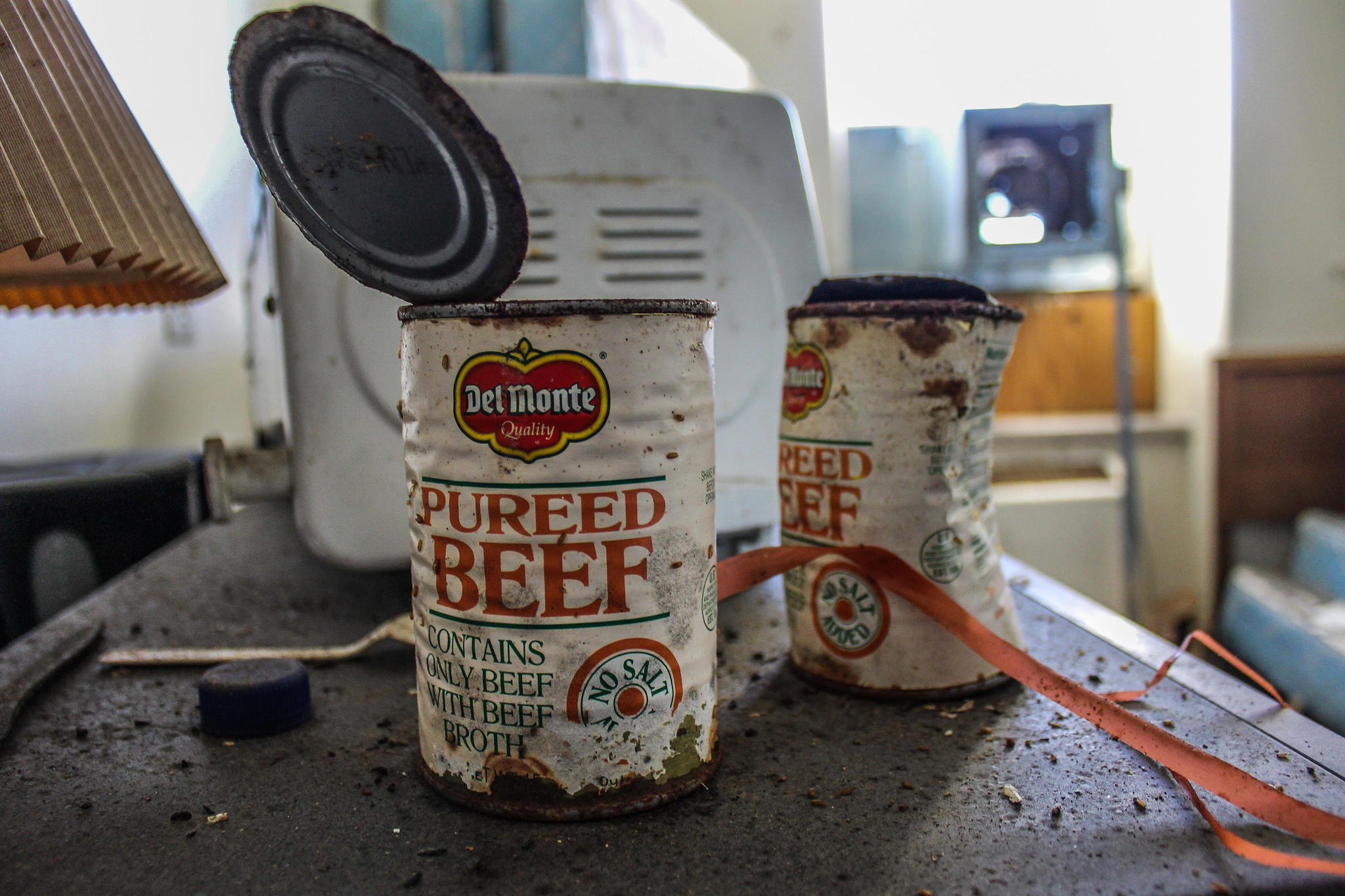


Thank you for reading. I appreciate the support. Please share the blog with your friends.
You can find me on Facebook, Instagram, and TikTok. Get a more detailed look from inside the walls of Charity Hospital in my book, Abandoned New Orleans. Click here for a complete list of my book series.


the medical industry is what it is today because the legal system and lawyers are what they have always been….. sad but true …. and from the description of how they “took over ” this hospital is there any doubt this is true? no patients just protocols .
LikeLike
Great post, thanks! My wife and I are visiting New Orleans and went out exploring today and – just three blocks from our downtown hotel – walked past this huge empty building. Having just seen an exhibit on Katrina at one of the museums the day before, I turned to her and said “that’s not Charity Hospital, is it?” And sure enough it was. Thanks for your very thorough (and discouraging) account of why this landmark hospital was abandoned post-Katrina.
LikeLiked by 1 person
Looks like they might be finally renovating this. I walked by and there’s new scaffolding and signs up that they’re going to turn it into a research facility/community center. Not another hospital, which I suspect the community might need more. But at least they might be doing something with it.
LikeLike